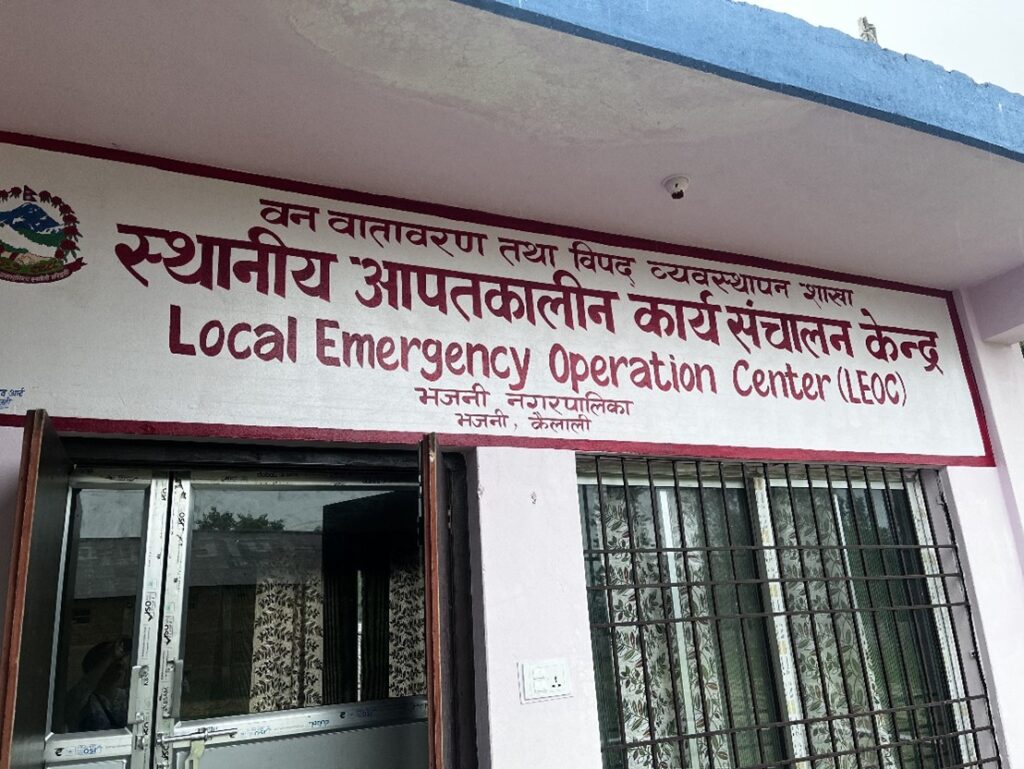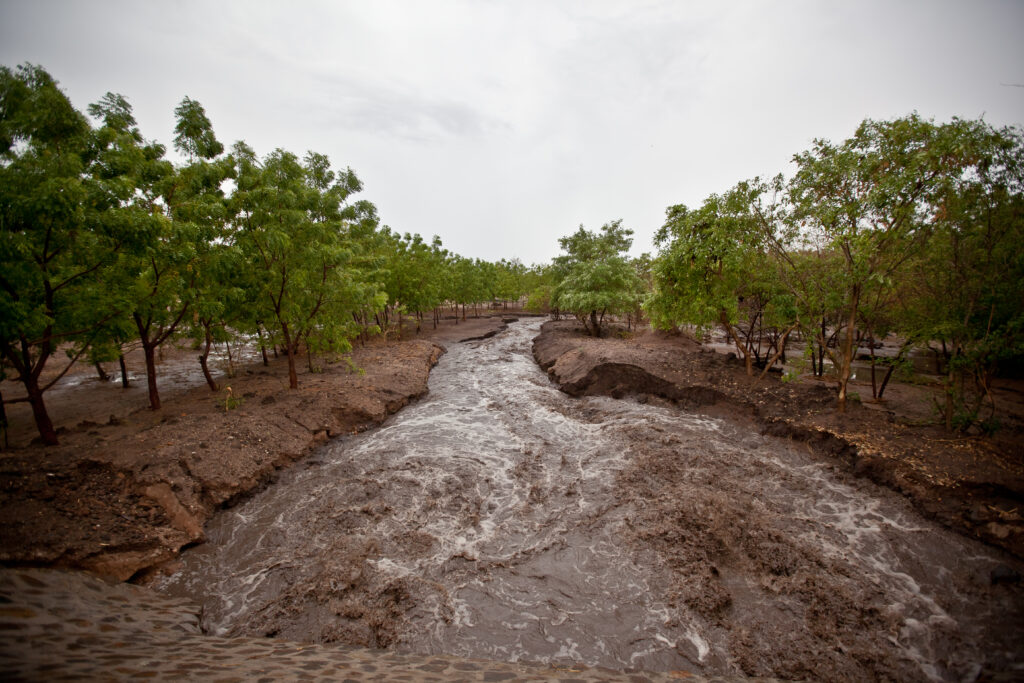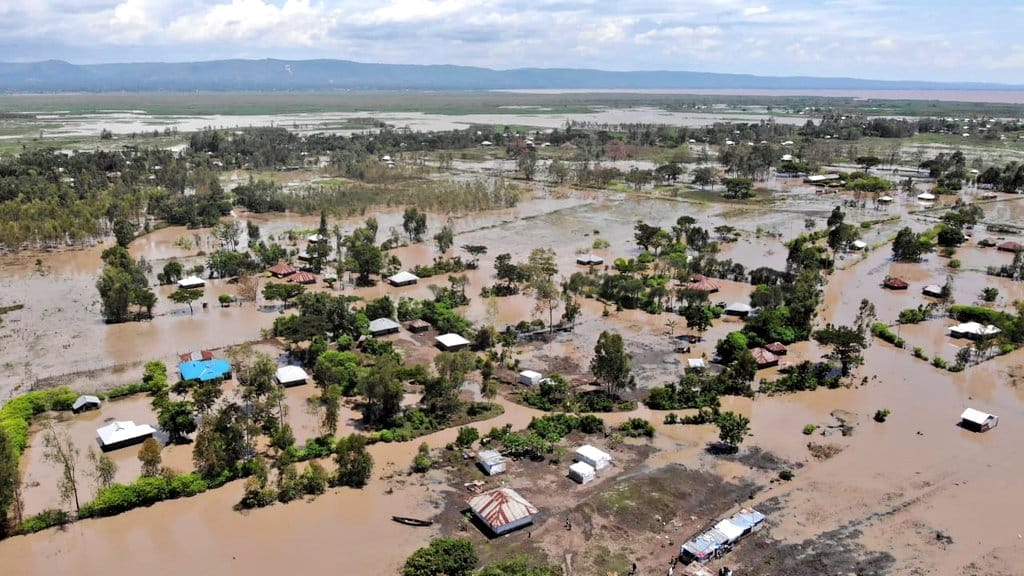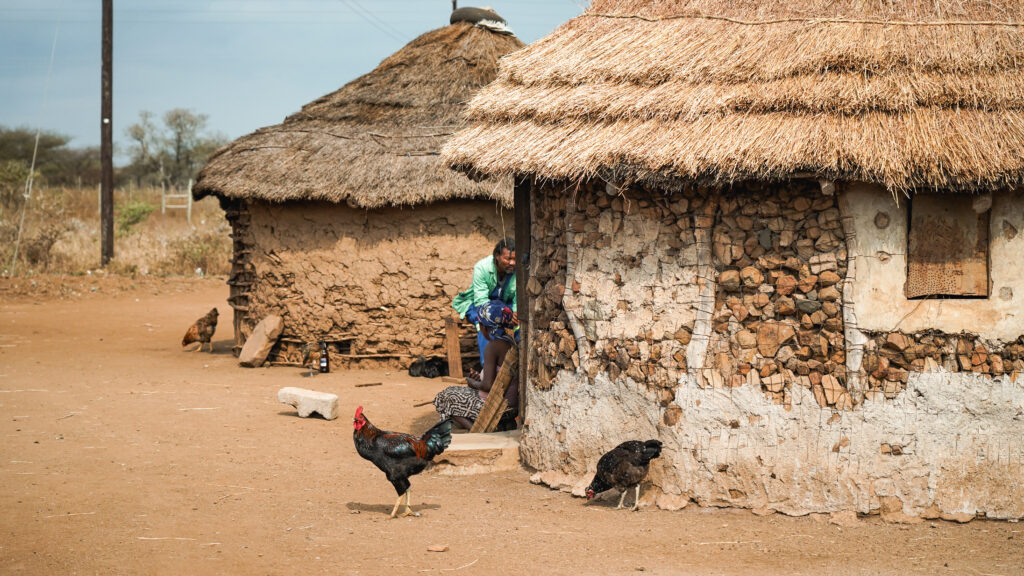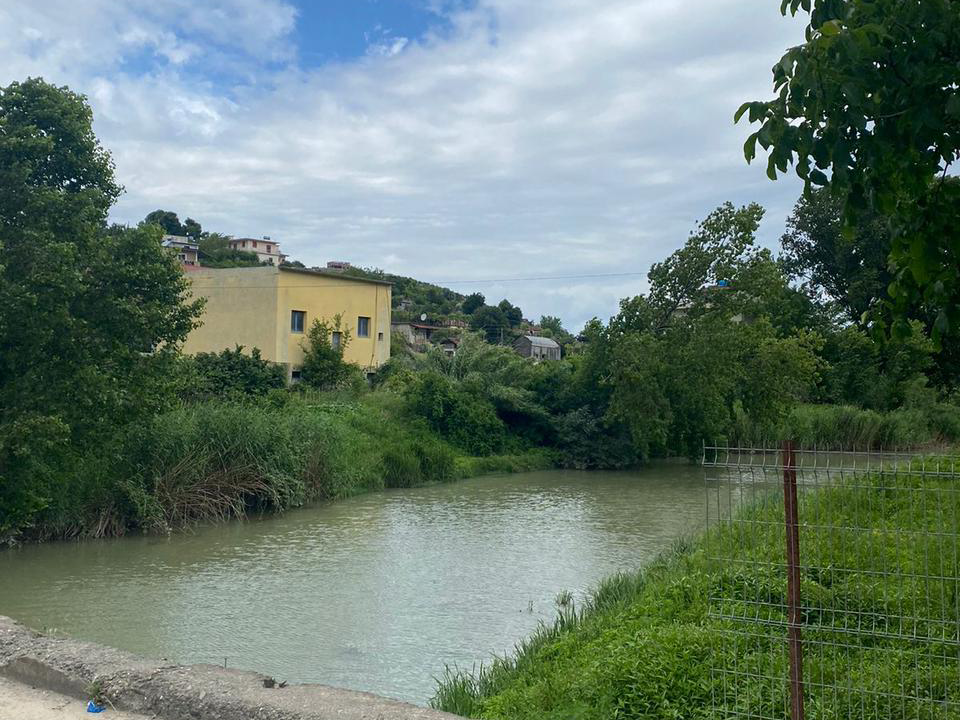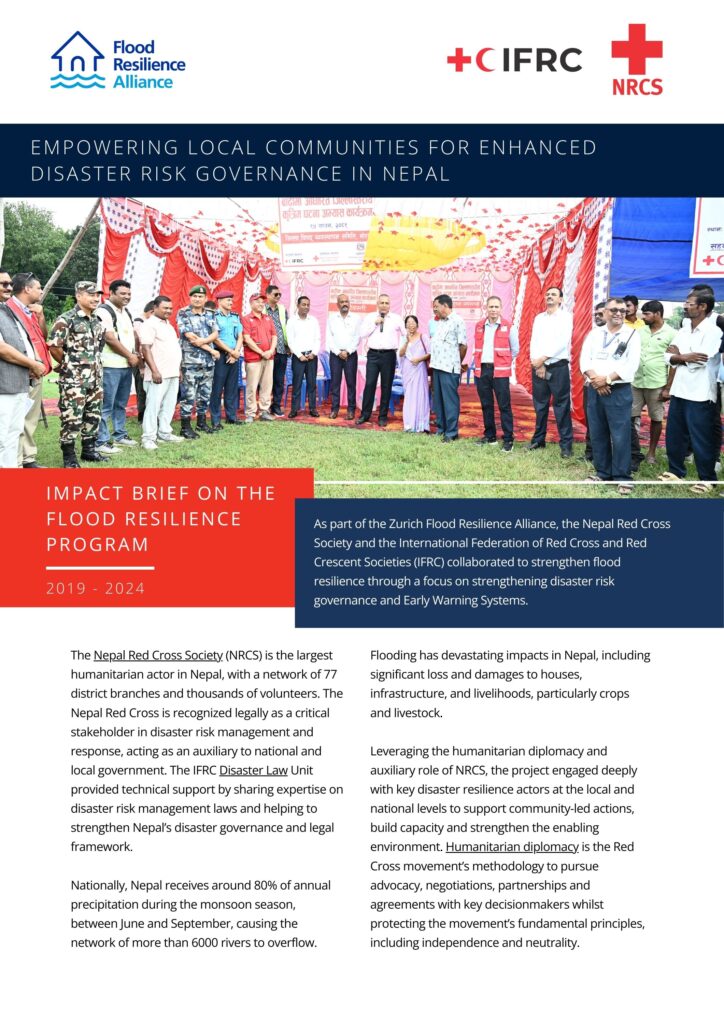Communication Landscape Analysis Tool for Early Warning Systems
This tool is designed to help practitioners identify the most trusted and accessible communication channels and sources within communities, with the goal of strengthening the reach and effectiveness of Early Warning Systems (EWS). It provides step-by-step guidance — from preparation and data collection to analysis and action — for developing communication strategies that are tailored […]
Communication Landscape Analysis Tool for Early Warning Systems Read More »

